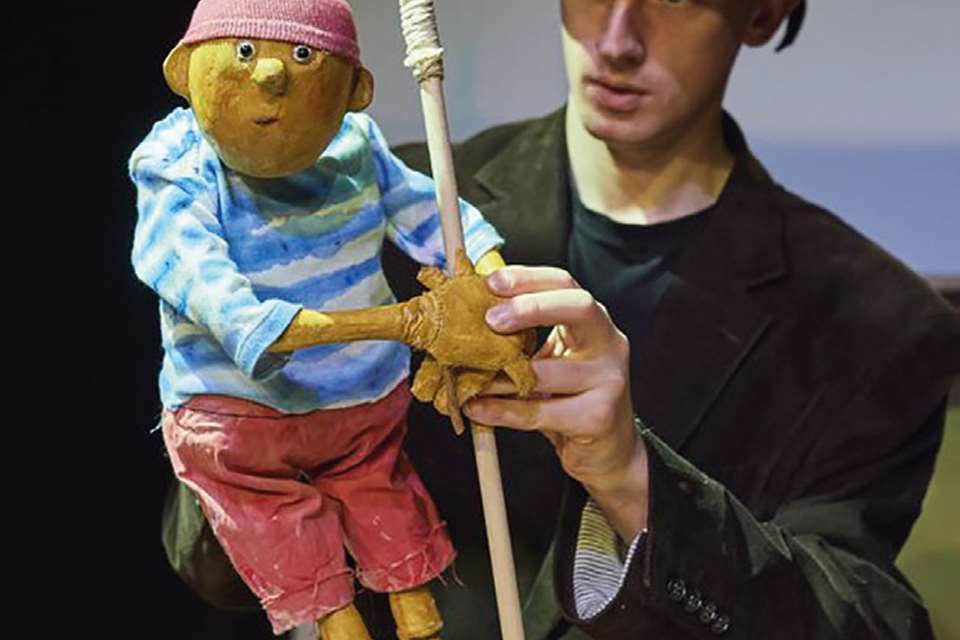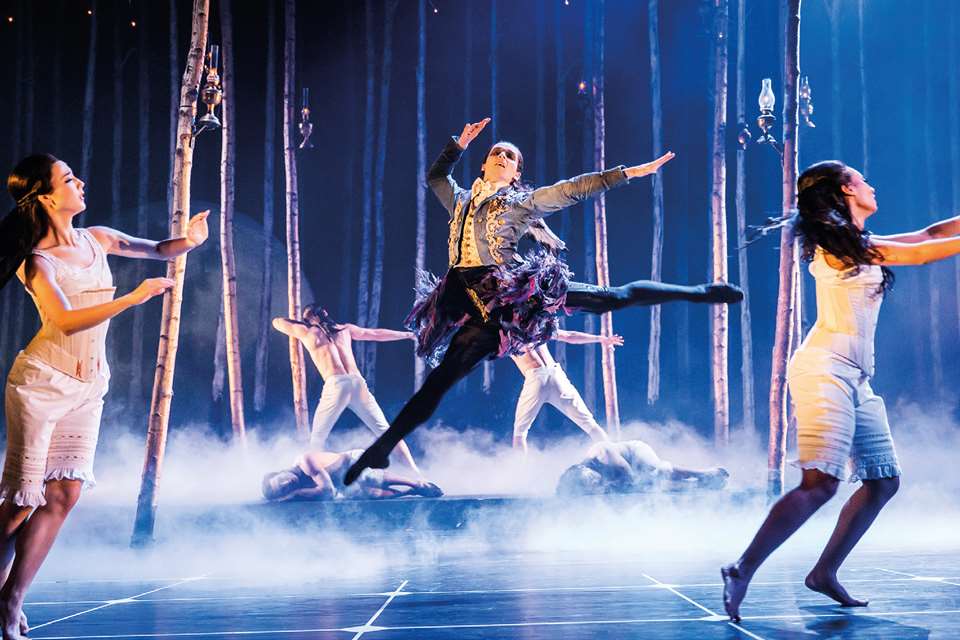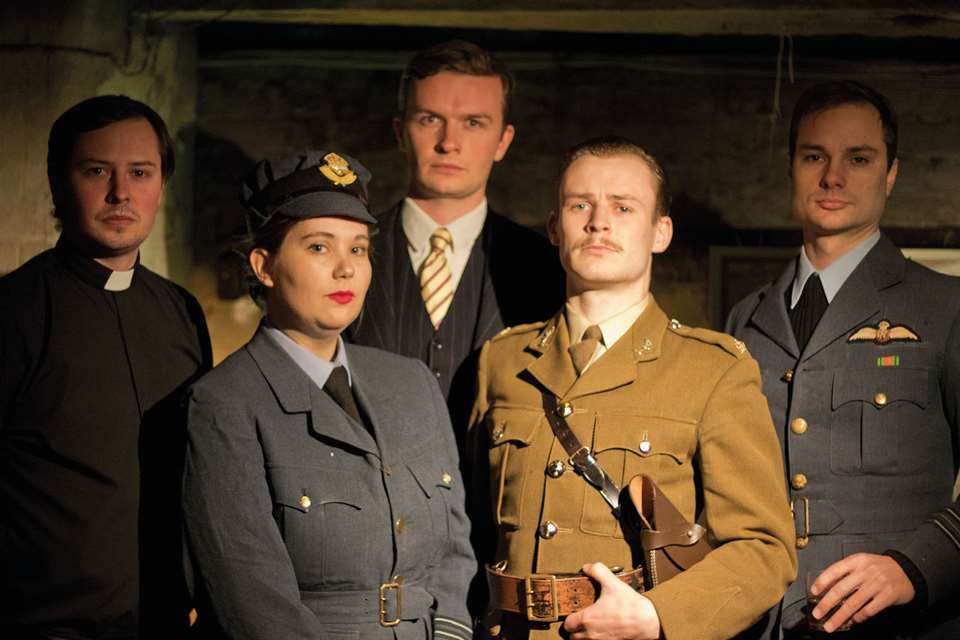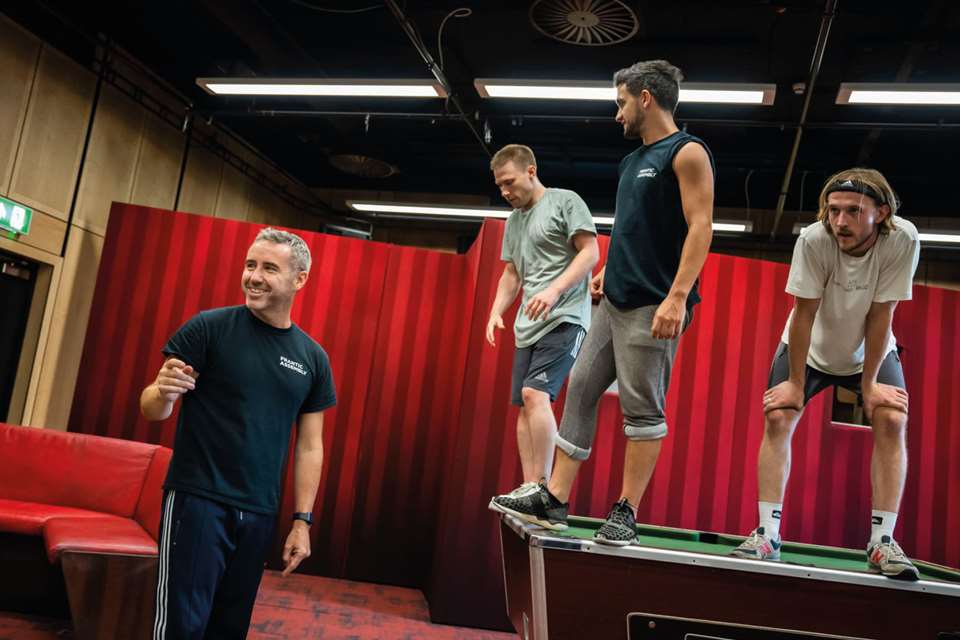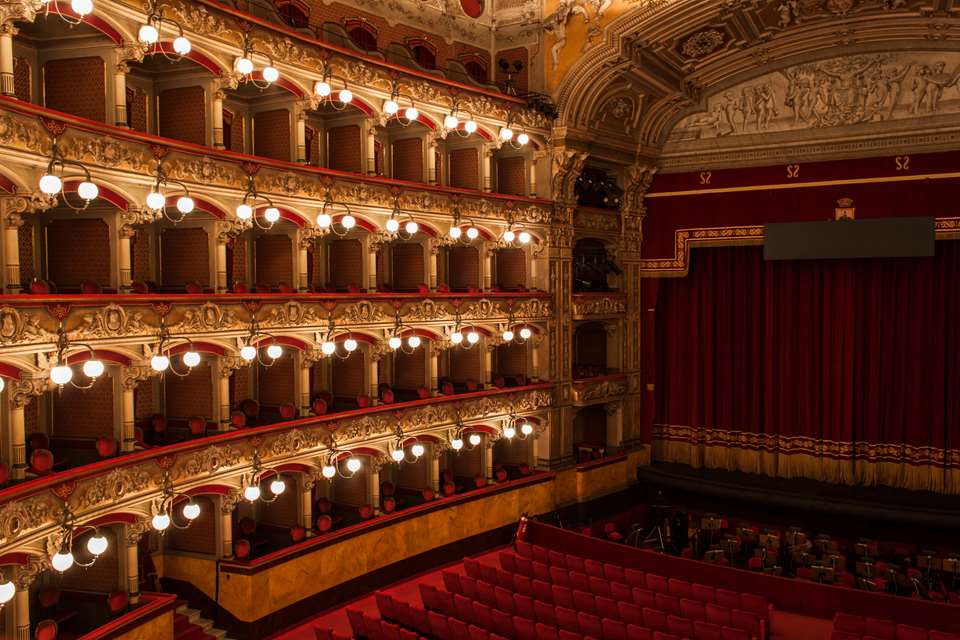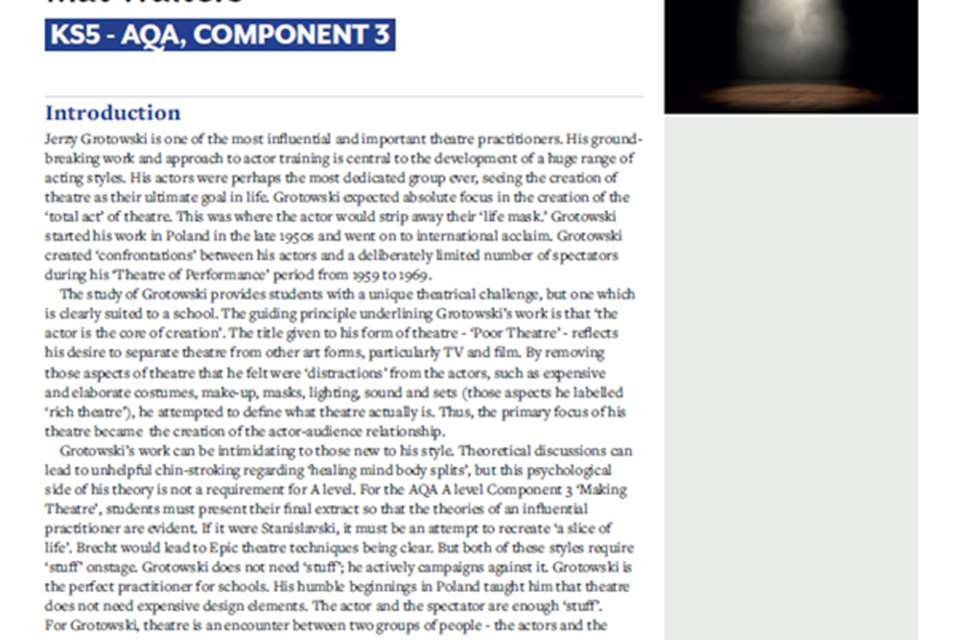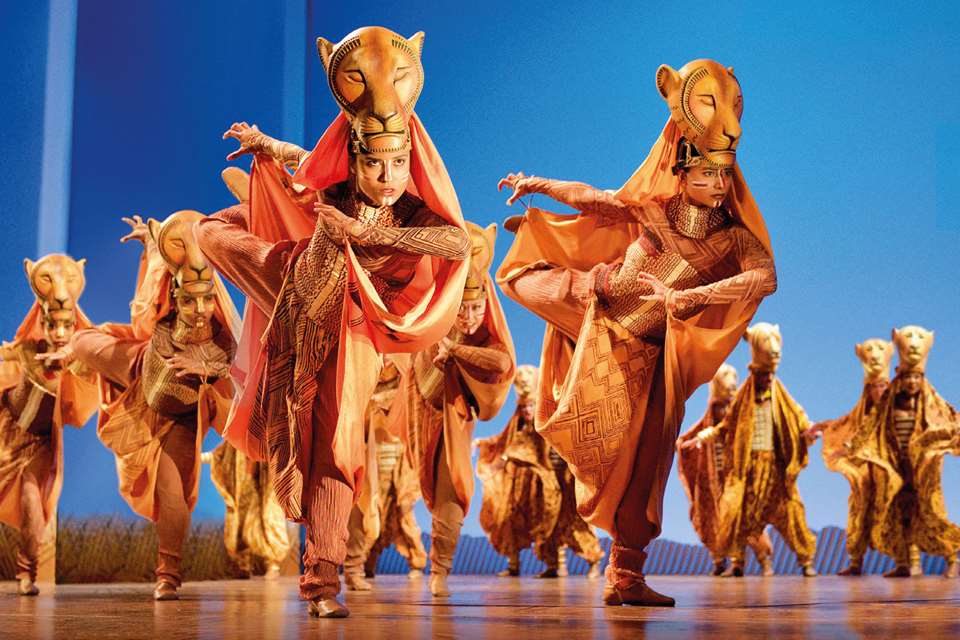Practitioner focus: Norwich Puppet Theatre
Nicola Lisle
Wednesday, March 1, 2023
Nicola Lisle lifts the lid on the world of puppetry, exploring the Norwich Puppet Theatre's imaginative remakes of classic fairytales.
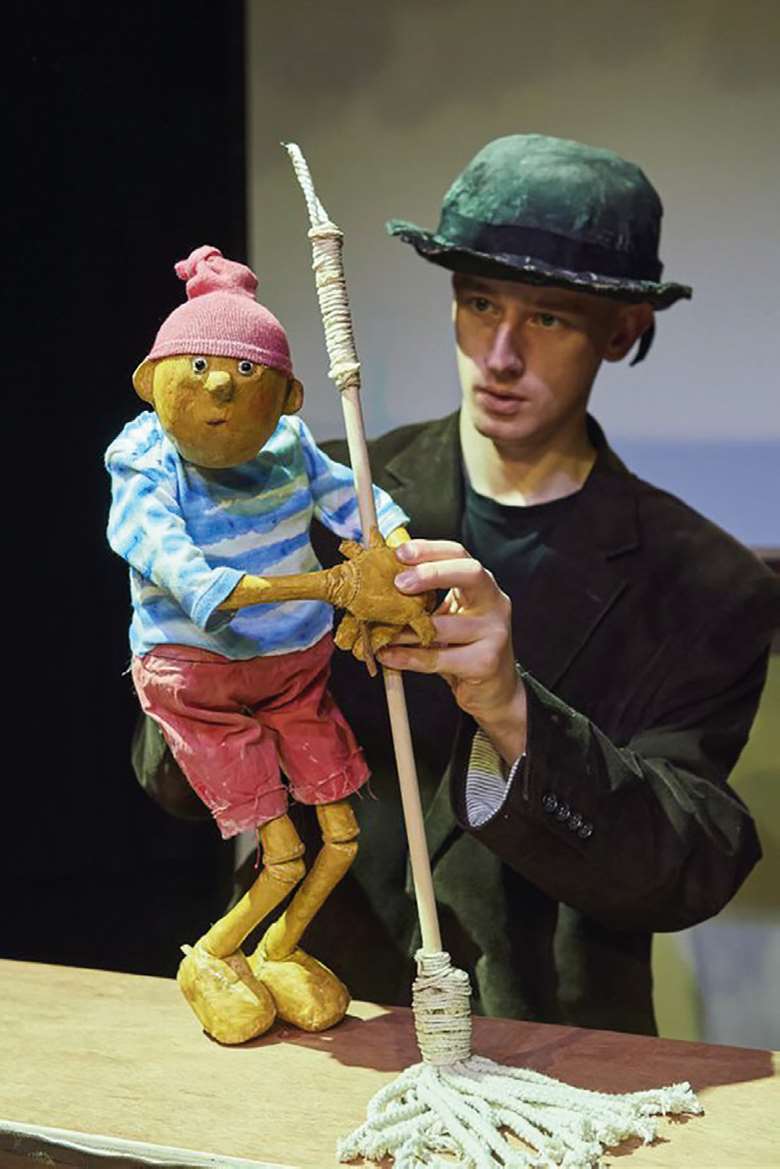
Andi Sapey
Founded in 1980 by professional puppeteers Ray and Joan DaSilva, Norwich Puppet Theatre offers a programme of family-friendly puppet shows, activities and workshops that capture the magic of the theatre and introduce people to the ancient art form of puppetry. There are also adult workshops and masterclasses for arts practitioners. The company is based in the Grade I listed St James Church in the heart of Norwich and is one of only three puppet theatre companies in England with its own venue. The medieval church was decommissioned in 1972 and used by Night Shelter for a few years, before being converted into a 200-seater puppet theatre. The 50-seat Octagon Studio was added shortly afterwards, with shows and workshops taking place in both the studio and the main theatre.
Influences
Norwich Puppet Theatre productions are mostly based on classic fairytales, which are then reinvented for modern audiences and brought to life with music, dance, storytelling, film projections, colourful costumes, scenery and lighting to create engaging pieces of theatre. Shows currently on tour are Pied Piper, based on Robert Browning's poem, and Hans Christian Anderson's Thumbelina. Past shows have included Pinocchio, Cinderella, Hansel and Gretel, Rumpelstiltskin, Red Riding Hood and The Tinderbox, as well as some more contemporary shows such as Oddly, based on the book by popular children's author Joyce Dunbar.
Key features of Norwich Puppet Theatre's performances and general ethos
- Creating puppetry of the highest quality for adults and children, using glove, rod and shadow puppets
- Devising own productions and workshops
- Taking productions on tour, nationally and internationally
- Welcoming visiting companies
- Providing training for puppeteers
- Making puppets
- Engaging in community and outreach work, including schools, charities and other groups, with a particular focus on delivering cultural experiences to local children and young people from disadvantaged communities
- Making use of new technology and new methods to create innovative new works
- Pushing the boundaries of what can be achieved with puppetry – current plans include a puppet opera and a non-verbal production for deaf audiences
Themes
Puppetry workshops for schools are fun, playful, inspirational and educational, encouraging students to engage in a wide range of activities that help with self-development and wellbeing, while also supporting important elements of the National Curriculum, including history, science, literacy, creativity, art, craft, design and technology. Schools can choose face-to-face or digital workshops.
Exercise 1: Make a flying dragon string puppet
This is a simple, fun exercise that introduces children to string puppets and develops creativity and motor skills, and also encourages an awareness of nature and the environment.
-
Start by getting children to gather together some natural objects, such as leaves, twigs, stones and bits of bark. They will need one fairly large, sturdy twig for the main body of the dragon. They will also need PVA glue, scissors, Sellotape and either paints or colouring pencils.
-
Glue leaves onto a piece of card to stop them getting brittle, preferably the day before making the puppet to give the glue time to dry. Clean the sticks by scraping them with scissors.
-
Select the main twig intended for the dragon's body, decide which end looks most suitable for the face, and paint on eyes, snout and mouth. Alternatively, these can be drawn onto paper or cardboard and cut out for sticking on later.
-
Decorate the dragon by wrapping lengths of wool around the body, securing the end with a small knot and brushing the stick with glue to give the wool something to stick to. More confident children can try using different colours to create a striped dragon.
-
Stick on the eyes, snout and mouth to complete the dragon.
-
Use two leaves, or one large leaf cut in half, to create wings. Secure with glue or a drawing pin.
-
Tie lengths of string either side of the head and round the back of the dragon so that it can be operated as a string puppet. To make it easier, use two small sticks to create a cross bar: fix them together with Sellotape, then tape the ends of the strings to the sticks.
-
Full instructions and a demonstration can be found on the Norwich Puppet Theatre website: http://bit.ly/3Eiw4ce
-
Encourage children to create their own animal instead of a dragon following the same principles.
Exercise 2: Make a mini theatre
This is another easy and fun exercise, which again encourages creativity and motor skills while introducing children to the world of the theatre. Download the templates and instructions from Norwich Puppet Theatre's free resources section: http://bit.ly/410nFnP. Children can choose how to decorate their theatre, then colour in the animals, add facial features and bring them to life by turning them into simple rod puppets. Encourage them to create a story for their theatre based around those characters, perhaps adding more characters of their own.


